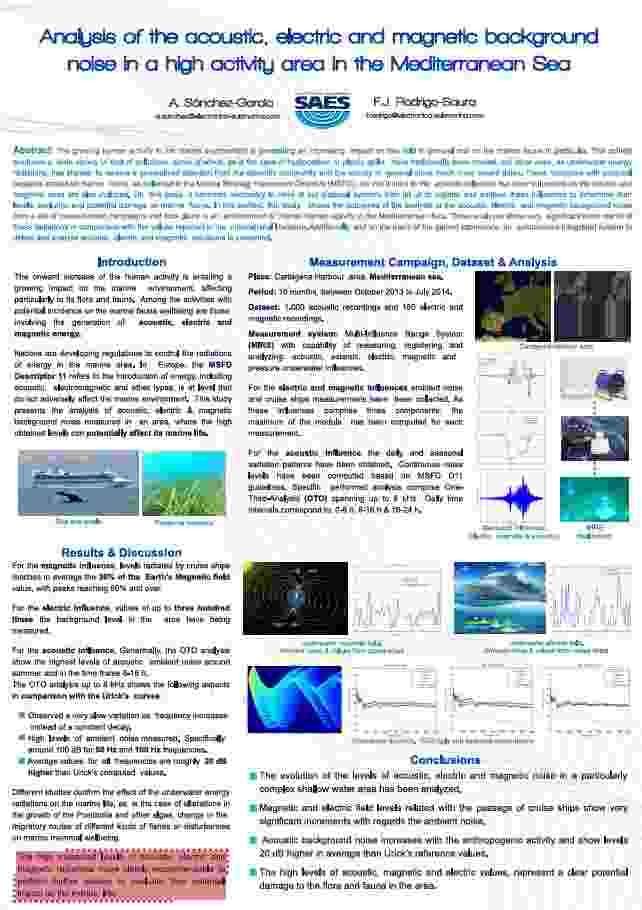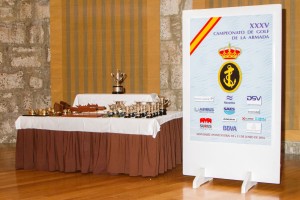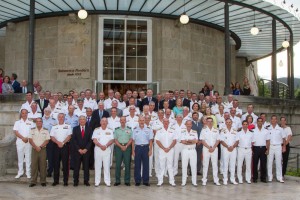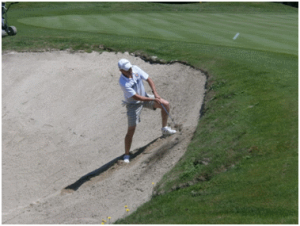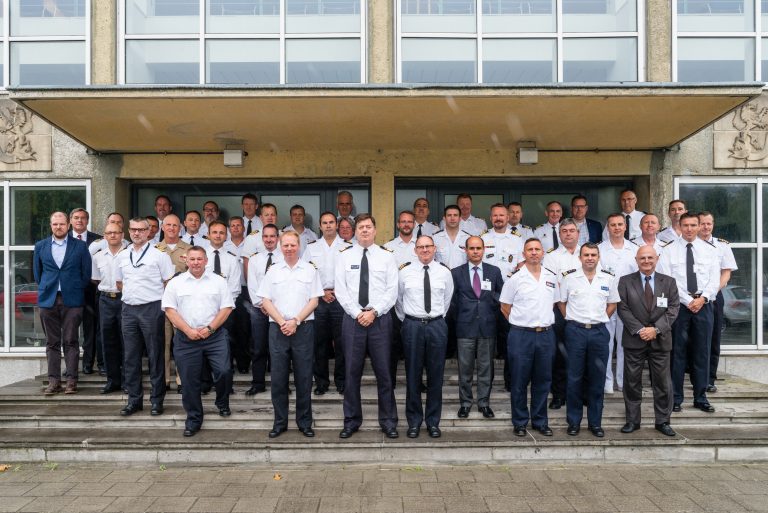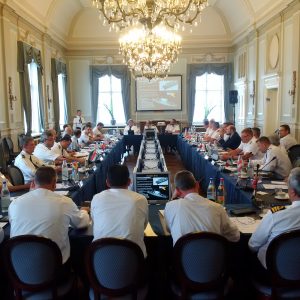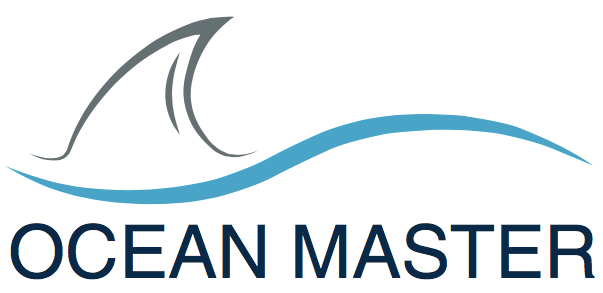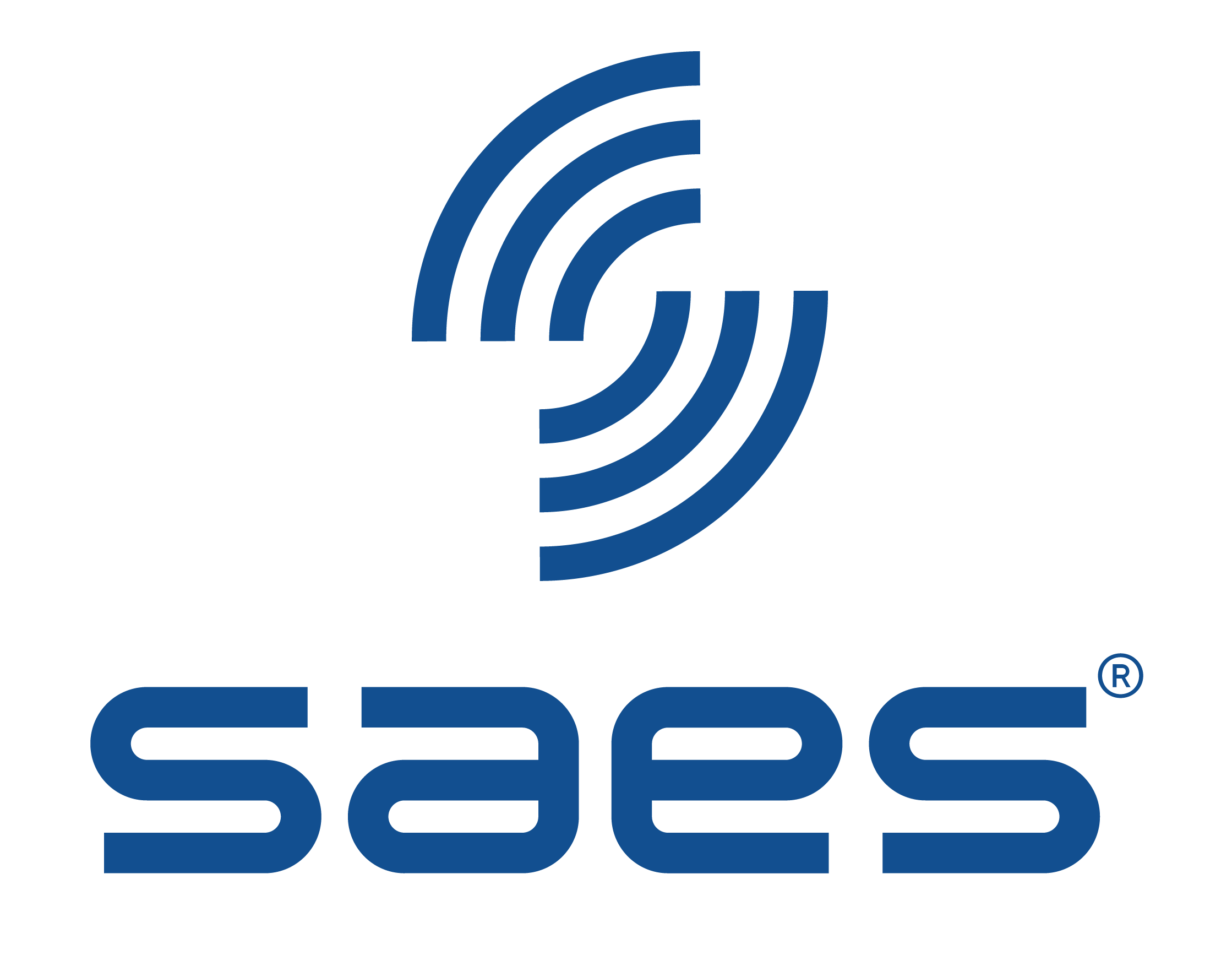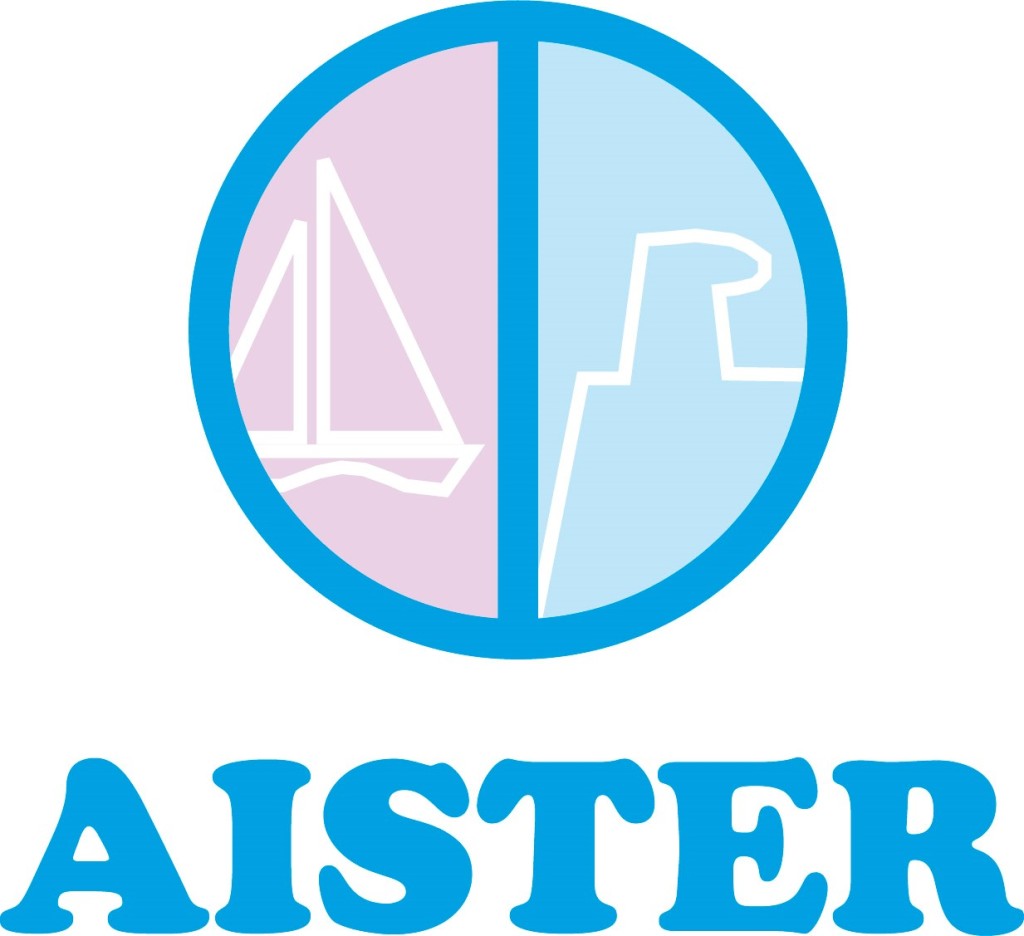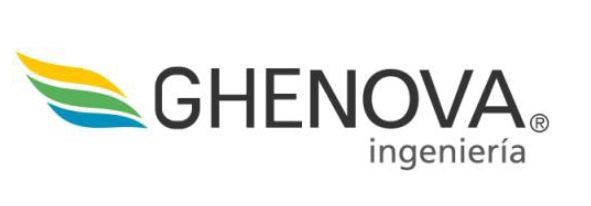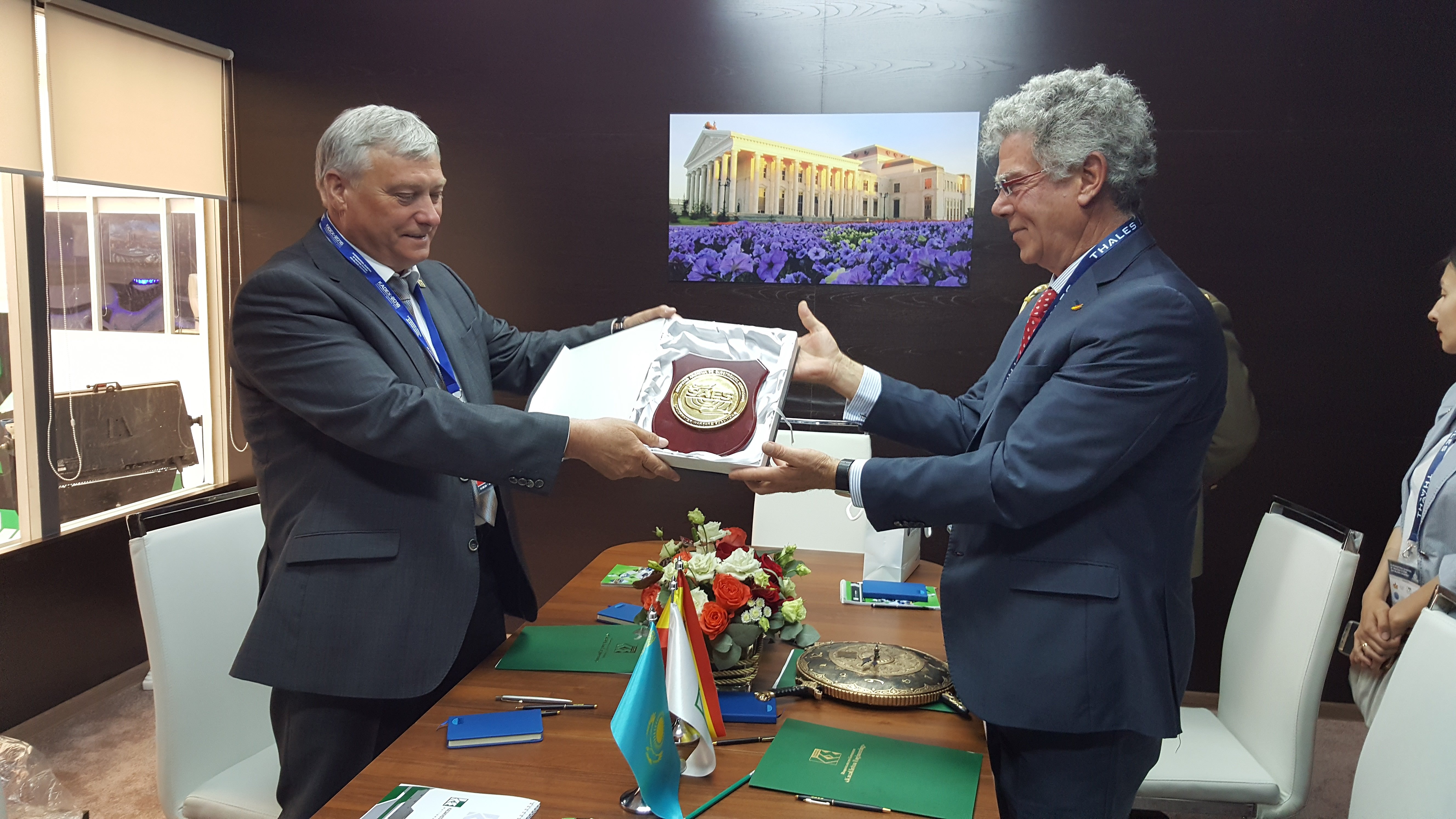SAES will present next week a study in the Effects of Noise on Aquatic Life Conference which deepens on the possible adverse effects of the underwater energy emissions on marine life. The results show that additionally to acoustic noise, other emissions, such as magnetic and electrical require measurement and study.
The study will be presented in poster format next Tuesday (12th of July) at 16:30 h by Antonio Sánchez, the head of I+D+i of SAES (Sociedad Anónima de Electrónica Submarina).
Resumen del Artículo
The growing human activity in the marine environment is generating an increasing impact on this field in general and on the marine fauna in particular. This activity produces a wide variety of kind of pollutions, some of which, as is the case of hydrocarbon or plastic spills, have traditionally been treated, but other ones, as underwater energy radiations, has started to receive a generalized attention from the scientific community and the society in general since much more recent dates.
These radiations with potential negative impact on marine fauna, as reflected in the Marine Strategy Framework Directive (MSFD), are not limited to the acoustic influence but other influences as the electric and magnetic ones are also included. On this basis, it becomes necessary to have at our disposal systems than let us to register and analyse these influences to determine their levels, evolution and potential damage on marine fauna.
In this context, this study shows the outcomes of the analysis of the acoustic, electric and magnetic background noise from a set of measurement campaigns that took place in an environment of intense human activity in the Mediterranean Sea. These analyses show very significant increments of these radiations in comparison with the values reported in the international literature.
Additionally, and on the basis of the gained experience, an autonomous integrated system to detect and analyse acoustic, electric and magnetic radiations is presented.
MIRS – Sistema empleado para la medición de las emisiones de los buques.
El sistema de medida de firmas (MIRS) para buques de superficie y submarinos desarrollado por SAES, proporciona medidas reales de las influencias de un buque (magnética, presión, eléctrica, acústica y sísmica) en un escenario real y controlado, para contrarrestar con éxito las amenazas. Se encuentra entre los más avanzados sistemas de su clase y en relación a las estaciones fijas. Una ventaja decisiva del sistema MIRS es que, gracias a su portabilidad, bajo peso y consumo y altas prestaciones se pueden obtener las firmas del buque en distintas ubicaciones geográficas.
MIRS es también una herramienta para prueba y calibración de:
· Sistemas destinados a reducir las influencias de los buques como los sistemas de degaussing, ASG, etc.
· Sistemas MCM como las rastras de influencia.
MIRS ha sido diseñado utilizando principalmente equipos COTS (Comercial Off The Self) para garantizar la máxima fiabilidad al menor coste.

